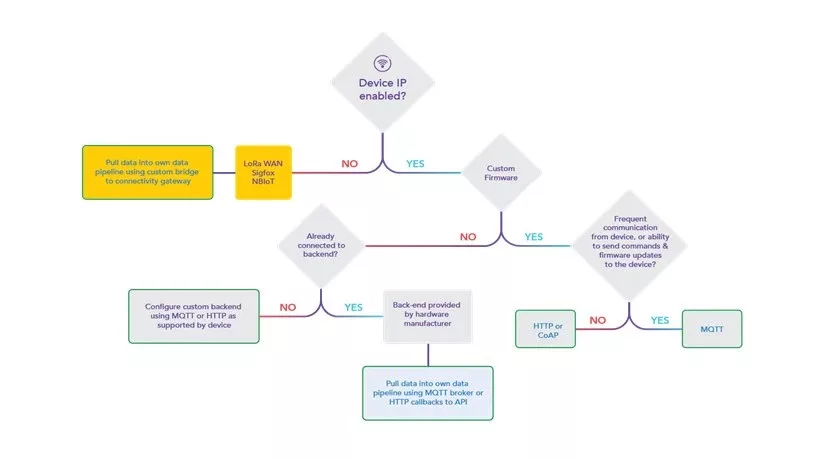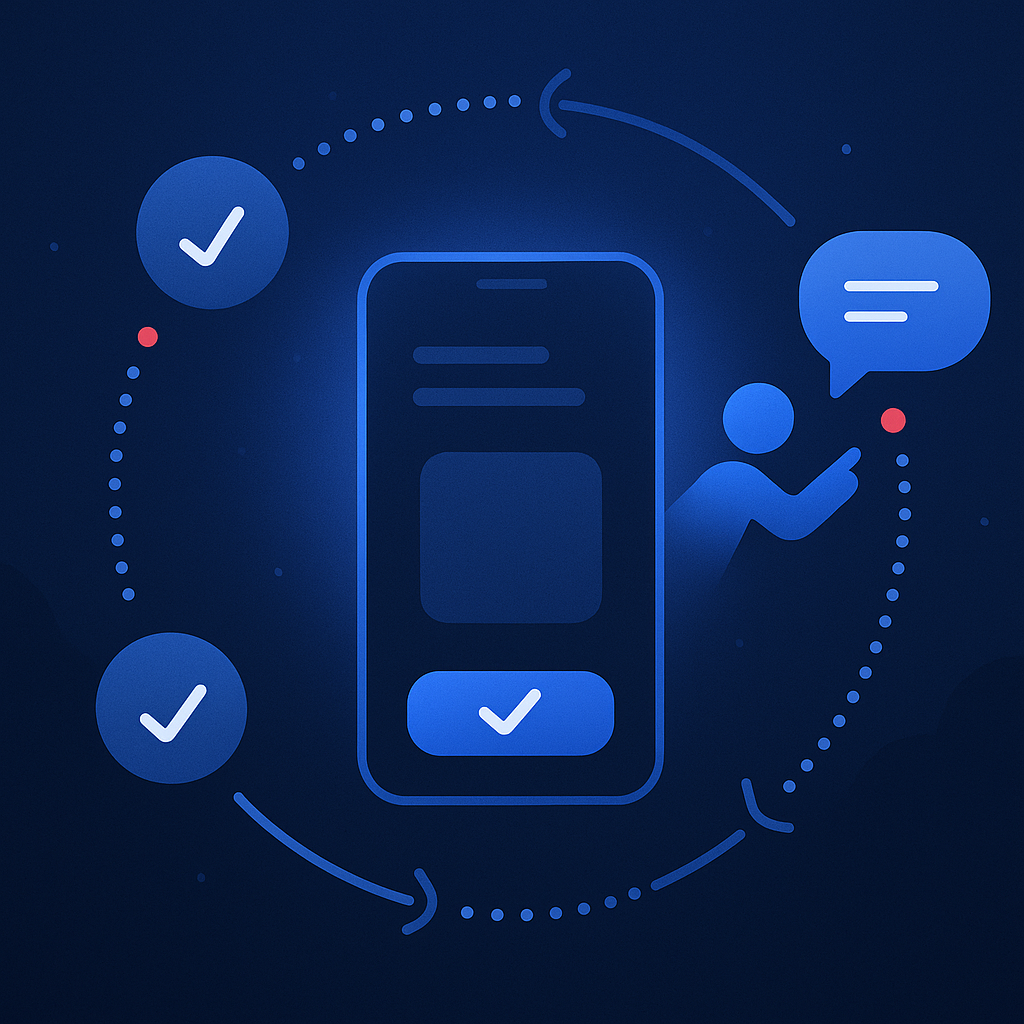We have recently undertaken an article series in which we unpack the IoT decision-making tree, evaluate the various options available, and provide guidelines when considering creating your own IOT product or solution.
- Article 1 introduced the IOT decision-making tree. how to choose the right IOT protocol, and how to determine the type of IOT connectivity to use as well as the advantages and disadvantages attached to this decision.
- Article 2 focussed on Understanding the IP stack and whether your device is or will be IP enabled.
- Article 3 focussed on branch one of the IOT decision-making tree which assumed that the device is IP enabled and we explored the next steps and questions from the perspective of an IP-enabled device.
- Article 4 compared LoRaWAN, Sigfox and NBIoT. It departed from the premise that your device is not IP enabled and you can pull data into your own data pipeline via a custom bridge between your back-end to a connectivity gateway. It is depicted in branch 2 of the IoT tree diagram shown below.
In this article we are focussing on the scenario where your device is not IP enabled (as indicated in branch two below) and you can pull data into your own data pipeline via a custom bridge between your back-end to a connectivity gateway, in which case your network technology options include LORA, Sigfox, and NBIOT. The main reasons for choosing this branch are energy efficiency, cost-effectiveness and long-range communication capability.

Fig 1: Branch 2 of the IoT decision-making tree: LORAWAN / SIGFOX / NBIOT highlighted
The main benefits of choosing branch 2 of the IoT decision-making are:
Many LPWAN technologies are popular in both licensed and unlicensed frequency bandwidth. However, Sigfox, LORA, and NB-IOT are the leading emergent technologies.
1. Long-range communication capability
Applications can connect wireless sensors over exceptionally long-range using little battery power while transmitting data. LORAWAN devices can enter a deep sleep mode and only wake up when required to transmit data or to communicate a new event. Like other technologies such as Sigfox, LORA typically runs at lower data rates, which further increases link margin.
However, because this is not an always-on solution that transmits real-time data, the delays between sending and receiving data should be considered. This simply means that you can expect return data, in most use cases, on an hourly or daily basis. Because these sensors are fairly uncomplicated, it only returns data from one data point. Examples include water meters that transmit usage on an hourly basis, security gate sensors sending open/close data or an electricity meter communicating on/off data.
Furthermore, the LORAWAN server that manages the device connectivity usually resides in the cloud. When the server is in the cloud, the gateway operates in packet forwarding mode, which simply means that all the raw data packets are passed to the server and from the server back over the air. The intelligence required for decoding these fairly small packets and ultimately managing the connectivity to the devices is in the cloud.
2. Energy efficient
As mentioned above, LORAWAN devices can enter a deep sleep mode and only wake up when required to transmit data. This means that the processor wakes up in a specified time to perform the measurement, calculation or record the required data where it transmits the data through the LORA module. Once the gateway received confirmation or downlink command, the device goes back to sleep – this all happens in a matter of seconds. This means that a good quality AA battery can transmit a message up to 10km and last for longer than a year subject to the measurement and transmission frequency.
3. Cost-effective
When considering the cost-effectiveness of Sigfox, LORAWAN and NBIOT it should be noted that cost aspects such as licence costs, network and deployment costs and device costs will influence your decision. Sigfox and LORAWAN, however, remains the more cost-effective compared to NBIOT.
Read our IOT decision-making tree series on ITWeb:
Introducing the IOT decision-making tree: Choosing the right IOT protocol
IOT decision-making tree (part 2): When to employ LORAWAN/Sigfox/NBIOT



